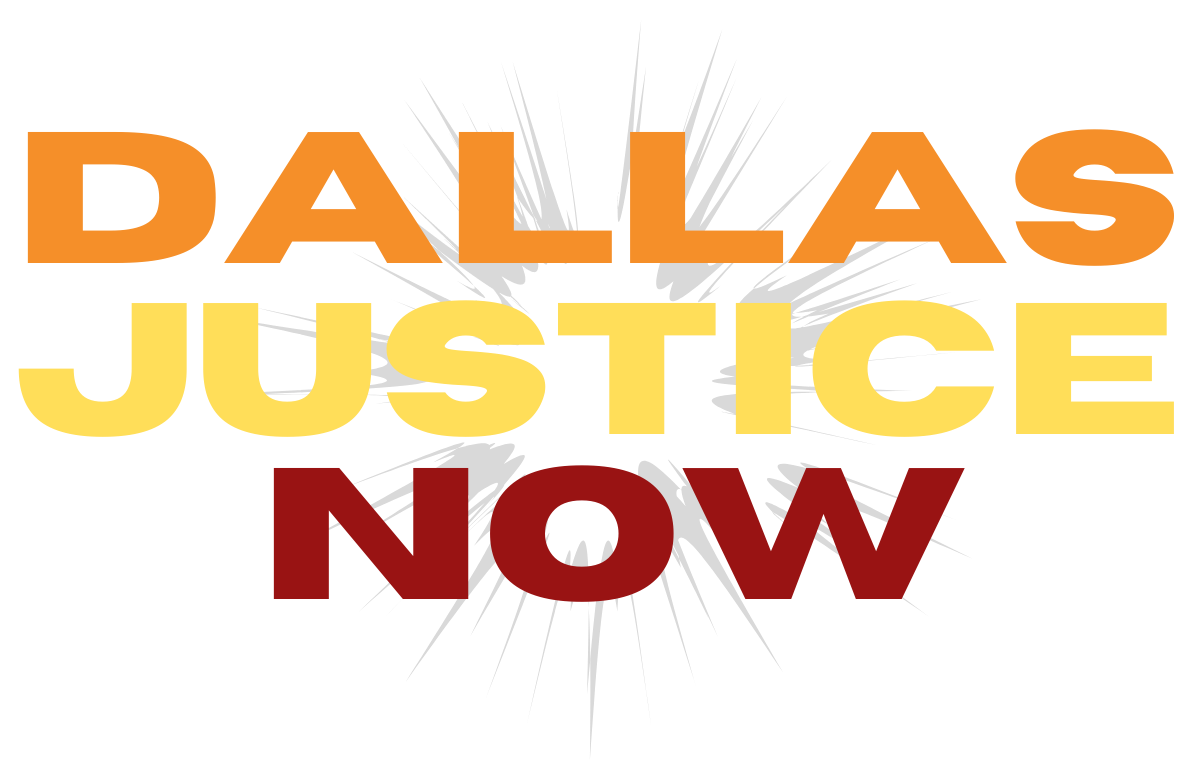What does “Defund the Police” really want?
“Here we offer a brief overview of what the Defund movement is demanding funding for:
Invest in social services and basic infrastructure critical to a thriving society:
Provide safe, accessible housing to everyone.[23]
Allocate city funding towards healthcare infrastructure, wellness resources, neighborhood-based trauma centers, non-coercive drug and alcohol treatment, and peer support networks.[24]
Invest in youth and after-school programs that promote learning, safety and community care.[25]
Invest in quality education, which includes ending exclusionary discipline, removing all police from schools, and investing instead in counselors, restorative justice facilitators, nurses, trauma specialists, and other support staff.
Make dignified employment available to everyone.
Invest in universal childcare and support for all families.[26]
Invest in models of collective ownership and production, such as worker coops, that directly benefit workers and counter economic inequity.
Invest in universal childcare and support for all families.
Provide access to healthy food, clean water and air, recreational activities for kids and adults.
Build a robust and ecologically-sound public transportation system.
Invest in police-free models for preventing and addressing incidents of harm
Preventing harm:
Invest in community outreach workers who work to address the needs of vulnerable community members by connecting them with job opportunities, mental health services, housing, etc.
Build a restorative justice (“RJ) infrastructure, made up of RJ centers, community organizations and community spaces where people can seek assistance when in need or experiencing conflict.
Addressing harm:
Develop a Community Hotline that residents can call to receive help in emergencies. This could be a single hotline or separate hotlines depending on the issue involved (e.g., the hotline for mental health crisis could be different than the hotline for escalating violent conflict).
Invest in teams of trained community crisis workers who can respond to calls coming into the hotline(s). The MH First program in Sacramento is an excellent example of a mental health response framework, as is the CAHOOTS program in Eugene. The Violence Interrupters program in Chicago is an example of a program that provides critical intervention and ongoing support in situations of violent conflict.[27]
Make police officers, to the extent that they continue to exist as such, the last line of response, not the first line of response.
With funding, these ideas could become pilot projects and with a lot of work and continuous improvement, pilot projects could become effective community practices. Key in the process though is that community members themselves have the power to envision and create the safety measures that they need.[28] A one-size-fits-all approach will not be effective as local circumstances and communities’ desires differ.”
(Thank you Yoana Tchoukleva, Amalee Beattie and Josh Cottle
Equal Justice Society)
